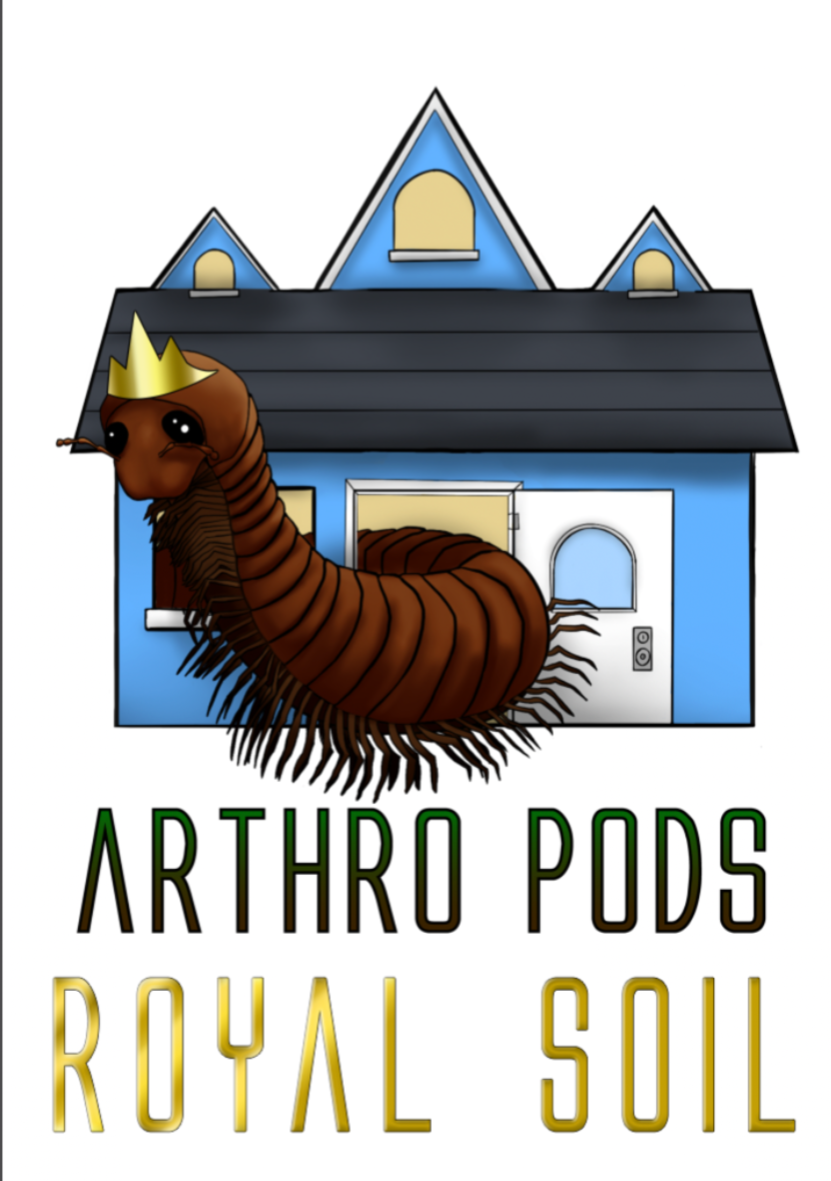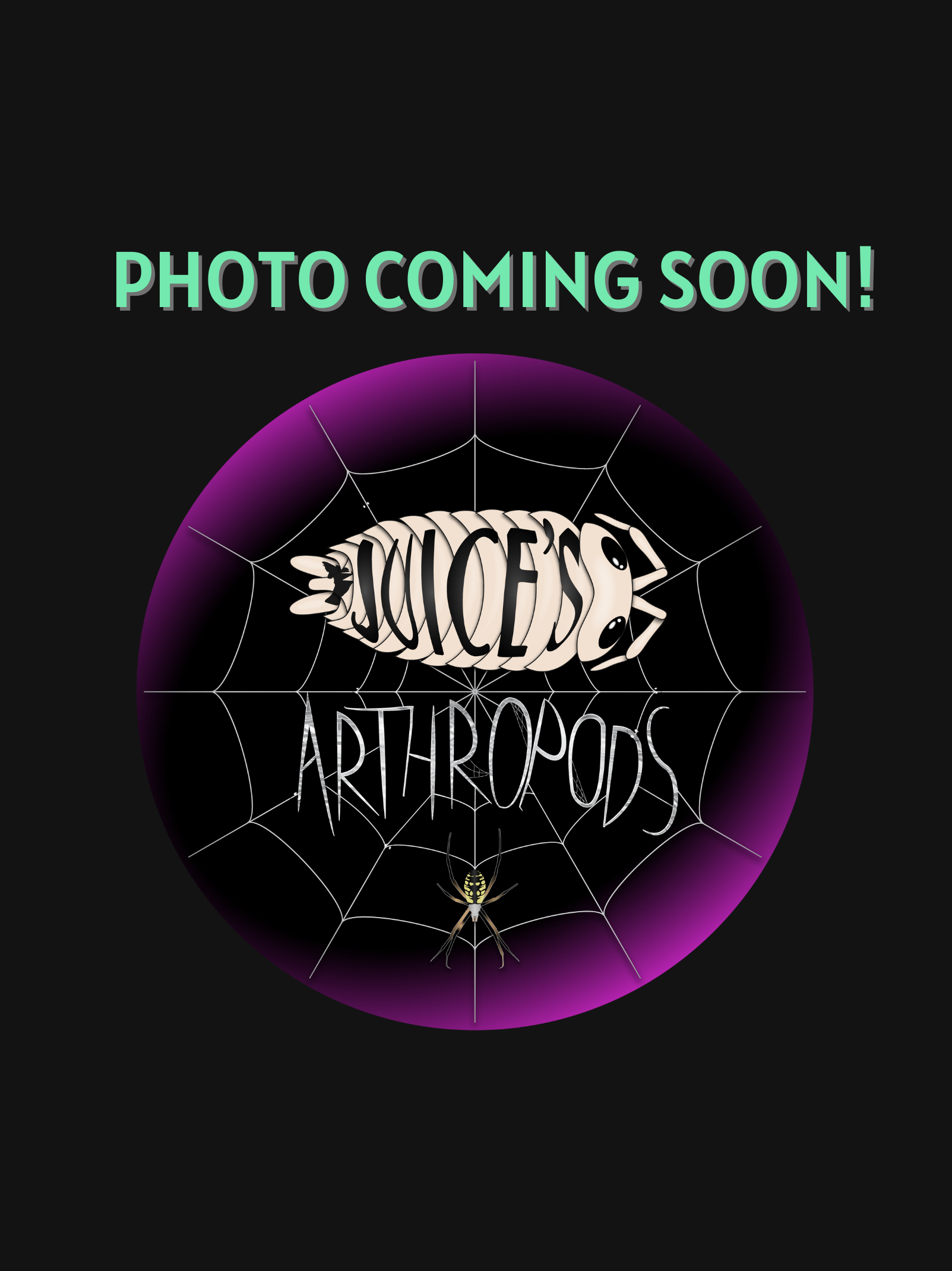Psalmopoeus irminia
Psalmopoeus genus, regardless of species, is the perfect intermediary tarantula for the person who is used to New World arboreals and wants to venture into Old Worlds but doesn’t want to jump in with both feet clumsily. The Venezuelan Suntiger is everything you want in a medically significant venomed tarantula, with speed, beauty, and wow factor! A large cork bark hide is recommended, and we recommend you set it up where an end is visible at all times, as these creatures love to make their home in the darkest portions of a log or stump.
Psalmopoeus genus, regardless of species, is the perfect intermediary tarantula for the person who is used to New World arboreals and wants to venture into Old Worlds but doesn’t want to jump in with both feet clumsily. The Venezuelan Suntiger is everything you want in a medically significant venomed tarantula, with speed, beauty, and wow factor! A large cork bark hide is recommended, and we recommend you set it up where an end is visible at all times, as these creatures love to make their home in the darkest portions of a log or stump.

Psalmopoeus genus, regardless of species, is the perfect intermediary tarantula for the person who is used to New World arboreals and wants to venture into Old Worlds but doesn’t want to jump in with both feet clumsily. The Venezuelan Suntiger is everything you want in a medically significant venomed tarantula, with speed, beauty, and wow factor! A large cork bark hide is recommended, and we recommend you set it up where an end is visible at all times, as these creatures love to make their home in the darkest portions of a log or stump.
What’s the ideal diet for a Venezuelan Suntiger Tarantula?
All tarantulas can eat a variety of feeders. Stick to crickets, dubia roaches, silkworms, horned worms occasionally, and a superworm or mealworm as the occasional treat!
How should I keep a Venezuelan Suntiger Tarantula?
For this particular creature, you can start with the small Arboreal Bliss enclosure, and when they get to be about ⅓ the size, you will want to either go to the medium or large Arboreal Bliss enclosure. Feed them as slings once a week, twice if their opisthosoma (abdomen) looks small, but if the opisthosoma is wider than their prosoma (pneumothorax), then wait a couple of days to feed. For juveniles or adults, stick to feeding once a week, nothing larger than their opisthosoma. Make sure to keep a full water dish at all times; wider and deeper is fine. Your tarantula can’t drown; they float on water.
How long could a Venezuelan Suntiger Tarantula live?
Females are thought to live between 12 and 14 years, with males living 2 to 4 years. These are the best estimates from multiple sources.
Care Guide for Psalmopoeus irminia
Key Points
Diet: Varied and easy. Feed crickets, roaches, or hornworms. Avoid overfeeding to maintain visibility.
Habitat setup: Arboreal-like with depth. 3-4 inches of substrate for potential "dirt curtains."
Humidity: South American conditions. Mist regularly, but forgiving if mistakes occur.
Breeding: Captive-bred availability. Expect 100-500 babies per clutch.
Temperament: Females docile, males aggressive. Prepare for defensive behaviors.
Venom potency: New World species with stronger venom. Painful but not medically significant.
Visibility: Elusive nature. Provide cork bark hideouts; expect limited sightings.
Size: Impressive without being overwhelming. An ideal stepping stone to Old World species.
Some photos provided by iNaturalist and Wikipedia, credit to:
eamonccorbett, some rights reserved (CC BY)
Igor Balashov, some rights reserved (CC BY)
Quengsalinas, some rights reserved (CC BY-SA 4.0)











